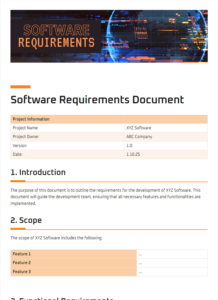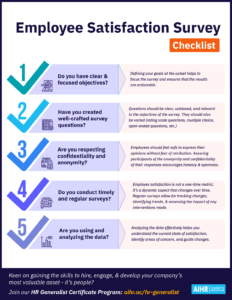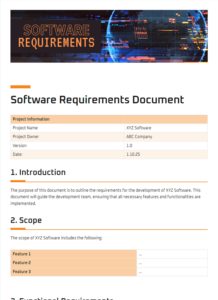When gathering business requirements for a software development project, it is important to consider both functional and non-functional requirements. Functional requirements define what the software should do, while non-functional requirements define how the software should perform. Non-functional requirements can include things like performance, scalability, security, and usability.
A non functional requirements questionnaire template can help you to gather all of the necessary information from stakeholders about their non-functional requirements. This template can be used to ensure that all of the important non-functional requirements are identified and documented. It can also help to avoid misunderstandings and conflicts later on in the project.
What Should Be Included in a Non Functional Requirements Questionnaire Template?
A non functional requirements questionnaire template should include questions that cover all of the important aspects of non-functional requirements. These questions can be divided into several categories, such as performance, scalability, security, and usability.
Here are some examples of questions that you might want to include in your non functional requirements questionnaire template:
* How many users do you expect to use the software concurrently?
* What is the expected response time for the software?
* How many transactions per second do you expect the software to handle?
* What is the maximum amount of data that the software will need to store?
* What are the security requirements for the software?
* What are the usability requirements for the software?
How to Use a Non Functional Requirements Questionnaire Template
To use a non functional requirements questionnaire template, simply provide the questionnaire to stakeholders and ask them to complete it. Once you have collected the responses, you can use them to create a non-functional requirements specification. This specification will document all of the non-functional requirements for the software development project.
Here are some tips for using a non functional requirements questionnaire template:
* Make sure to involve all stakeholders in the process of completing the questionnaire.
* Ask clarifying questions to ensure that you understand the stakeholder’s requirements.
* Document the results of the questionnaire in a non-functional requirements specification.
* Use the non-functional requirements specification to guide the software development process.
Conclusion
A non functional requirements questionnaire template can be a valuable tool for gathering and documenting non-functional requirements. By using a template, you can ensure that all of the important non-functional requirements are identified and addressed. This can help to avoid misunderstandings and conflicts later on in the project, and can also help to ensure that the software meets the needs of the stakeholders.
If you are planning to develop a software application, it is important to use a non functional requirements questionnaire template. This template will help you to gather all of the necessary information from stakeholders, and will help to ensure that the software meets their needs.


